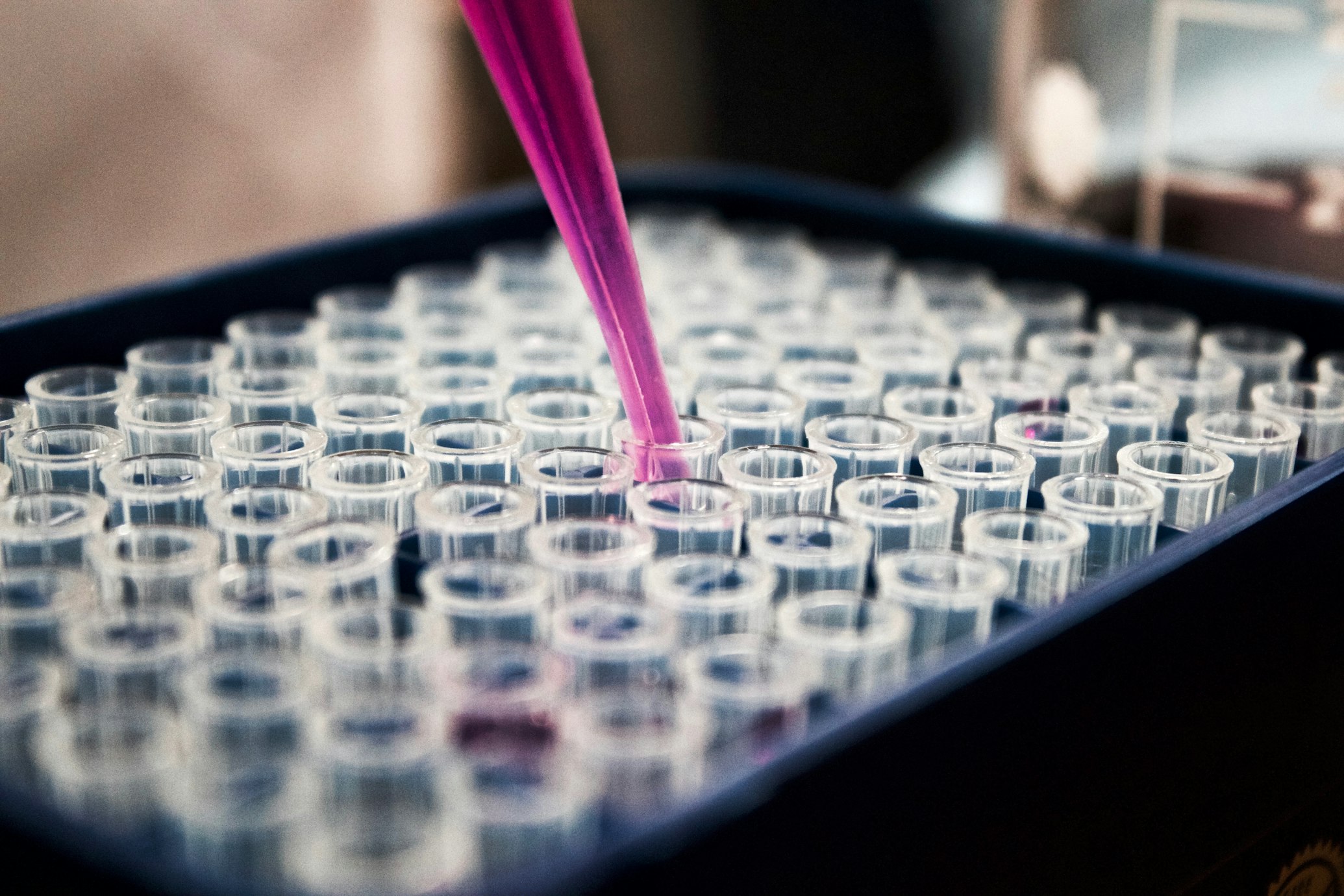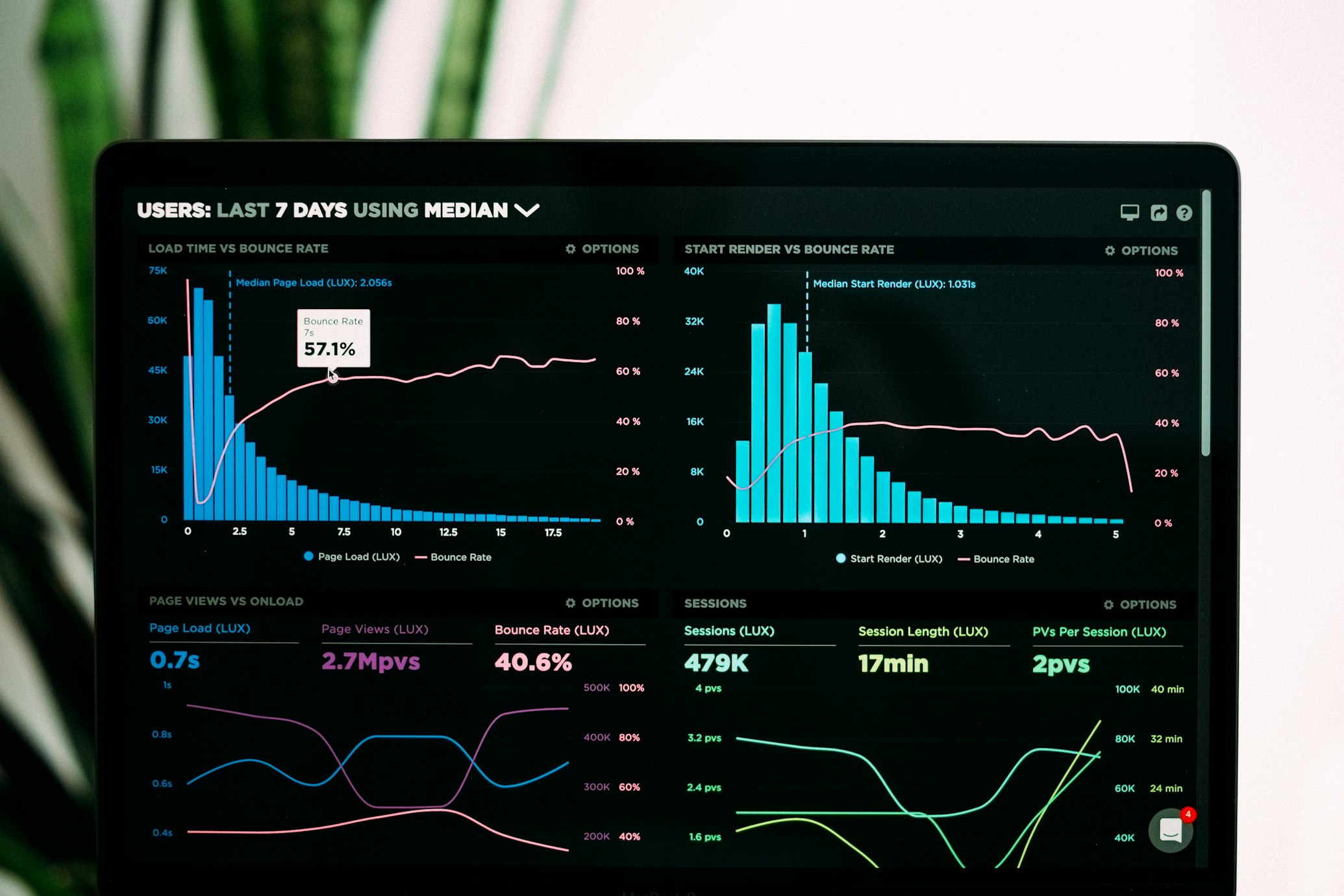The Invisible Quest for Perfect Sponges
Why Reporting Matters in Porous Materials Research
The Magic of Materials That Soak Up Our Problems
Imagine a material so powerful it can capture carbon dioxide directly from the air we breathe, clean pharmaceutical waste from our water supply, or store hydrogen to power clean cars of the future. These aren't science fiction concepts—they're real capabilities of porous materials, molecular "sponges" with extraordinary abilities to attract and hold specific molecules.
However, a quiet crisis threatens progress in this field. As researchers worldwide rush to develop these miracle materials, many findings have become difficult to verify or build upon. A startling example comes from a recent international study where ten different laboratories attempted to recreate the same porous material using identical published methods. The results were sobering: only one laboratory succeeded in producing one of the materials, and just three managed to create the other 4 .
This reproducibility crisis wastes precious research resources and slows our path to solving critical environmental challenges. This article explores how scientists are revolutionizing how they report their work on porous materials to ensure their "magic sponges" can live up to their world-changing potential.
The Science of Molecular Parking Garages & Why Reporting Matters
What Are Porous Materials?
Porous materials are solid structures riddled with tiny empty spaces, much like molecular-scale parking garages designed to host guest molecules. These materials come in several varieties, from crystalline frameworks with orderly repeating patterns (like MOFs and zeolites) to amorphous materials with more random pore arrangements (like activated carbons) 4 9 .
The Reproducibility Challenge
The reproducibility problem in porous materials research stems from numerous small but critical details that often go unreported in scientific papers. When Boström and colleagues had ten laboratories synthesize two closely related porous materials (PCN-222 and PCN-224) using prescribed methods, they discovered that seemingly minor variations in procedures—ones not typically documented— dramatically impacted outcomes 4 .
Applications of Porous Materials
A Deep Dive Into a Key Experiment: Machine Learning Meets Molecular Capture
The Experimental Challenge
Predicting how efficiently a porous material will adsorb molecules traditionally requires computationally expensive simulations that can take days or weeks. Researchers recently explored whether artificial intelligence could accurately predict adsorption outcomes while dramatically reducing computation time 1 .
A team conducted a comparative examination of three AI-based regression models—Gaussian Process Regression (GPR), Multi-layer Perceptron (MLP), and Polynomial Regression (PR)—to predict chemical concentrations during adsorption using a dataset with over 19,000 data points 1 . Their goal was to determine which machine learning approach could most accurately predict solute concentration distributions from computational fluid dynamics simulations of adsorption processes.

Results and Analysis: MLP Emerges as a Clear Winner
The research team evaluated model performance using three key metrics: R² (how well the model explains variance in the data), RMSE (average prediction error), and AARD% (average absolute relative deviation) 1 .
Performance Comparison of Machine Learning Models for Adsorption Prediction
| Model | R² Score | RMSE | AARD% |
|---|---|---|---|
| MLP | 0.999 | 0.583 | 2.564% |
| GPR | 0.966 | 3.022 | 18.733% |
| PR | 0.980 | 2.370 | 11.327% |
Table 1: Performance metrics for three machine learning models predicting adsorption behavior 1 .
Cross-Validation Results for MLP Model
| Validation Fold | R² Score | RMSE |
|---|---|---|
| 1 | 0.998 | 0.601 |
| 2 | 0.999 | 0.575 |
| 3 | 0.998 | 0.592 |
| 4 | 0.998 | 0.585 |
| 5 | 0.999 | 0.597 |
| Average | 0.998 ± 0.001 | 0.590 ± 0.015 |
Table 2: Five-fold cross-validation confirms MLP's reliability 1 .
Scientific Importance and Implications
This experiment demonstrates that machine learning, particularly MLP models, can accurately predict complex adsorption phenomena with minimal error. This represents a potential paradigm shift in how researchers can approach porous materials design:
- Accelerated Discovery: ML models can screen thousands of potential materials in hours rather than years 1 .
- Reduced Computational Costs: Once trained, ML models generate predictions with minimal computing resources compared to traditional simulations 1 .
- Practical Applications: Accurate predictions enable better design of water treatment systems, carbon capture technologies, and other adsorption-based solutions 1 5 .
The Scientist's Toolkit: Essential Research Reagents & Materials
Key Research Reagent Solutions for Porous Materials Research
| Material/Reagent | Function in Research | Examples/Notes |
|---|---|---|
| Metal-Organic Frameworks (MOFs) | Tunable porous structures for gas storage, separation, and catalysis 4 | Examples include CAU-10-H for water harvesting and CALF-20 for COâ‚‚ capture 4 |
| Zeolites | Microporous aluminosilicates for catalysis, ion exchange, and adsorption 4 | Linde Type A (Zeolite A) and Faujasite are commercially produced for Oâ‚‚ production and COâ‚‚ capture 4 |
| Porous Aromatic Frameworks (PAFs) | Highly stable frameworks with large surface areas 2 | PAF-5 can be functionalized with amine groups for enhanced COâ‚‚ capture 2 |
| Activated Carbons | Porous carbon materials for water purification and VOC removal 3 9 | Used for pharmaceutical removal (ibuprofen) from wastewater 3 |
| Amino Grafting Agents | Chemicals that add COâ‚‚-philic groups to porous materials 2 | Ethylenediamine (EDA) can enhance COâ‚‚ capacity by 78% 2 |
| Glycol Slurries | Suspension medium for hybrid absorption-adsorption systems 7 | Enhances chromium removal from wastewater when combined with magnetite-zeolite 7 |
| Computational Databases | Resources for high-throughput screening of porous materials | Open DAC 2025 dataset with nearly 70 million DFT calculations for 15,000 MOFs |
| Research Chemicals | Mandyphos SL-M012-1 | Bench Chemicals |
| Research Chemicals | 4-(oxan-2-yl)aniline | Bench Chemicals |
| Research Chemicals | 3-ethyl-1,2-oxazole | Bench Chemicals |
| Research Chemicals | (2S)-2-azidobutane | Bench Chemicals |
| Research Chemicals | Fmoc-L-Cys(SIT)-OH | Bench Chemicals |
Table 3: Essential materials and reagents for porous materials research 2 3 4 .


Rigorous Reporting Unlocks the Future
The path to solving our most pressing environmental challenges—from climate change to water pollution—is paved with porous materials capable of molecular precision. Yet this path remains obstructed by a reproducibility crisis that stems from incomplete reporting of research methodologies.
As we've seen through the machine learning experiment and the troubling multi-lab synthesis study, the solution lies not just in brilliant science but in comprehensive documentation that allows others to verify and build upon published work. The scientific community is responding with initiatives like the Open DAC 2025 dataset , massive computational resources that establish benchmarks, and increasing emphasis on detailed methodological reporting.
When researchers meticulously document their procedures, data processing steps, and material characteristics, they do more than just publish a paper—they contribute to a cumulative, self-correcting body of knowledge that can accelerate our progress toward a cleaner, healthier planet. The future of porous materials depends not only on what we discover but on how well we communicate these discoveries to the scientists who will follow in our footsteps.
Key Takeaways
Comprehensive reporting enables reproducibility
Machine learning accelerates materials discovery
Open datasets foster scientific progress